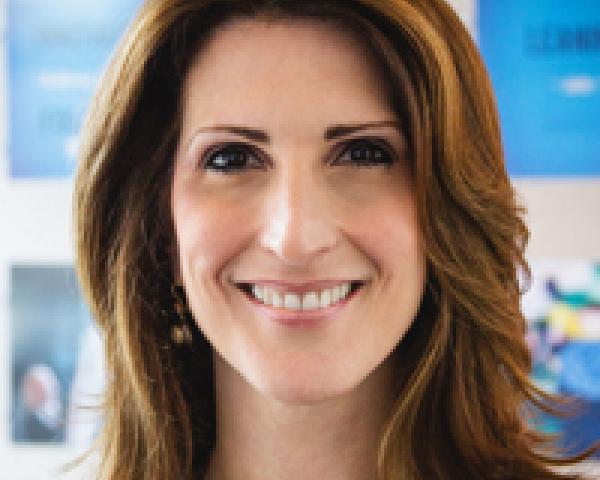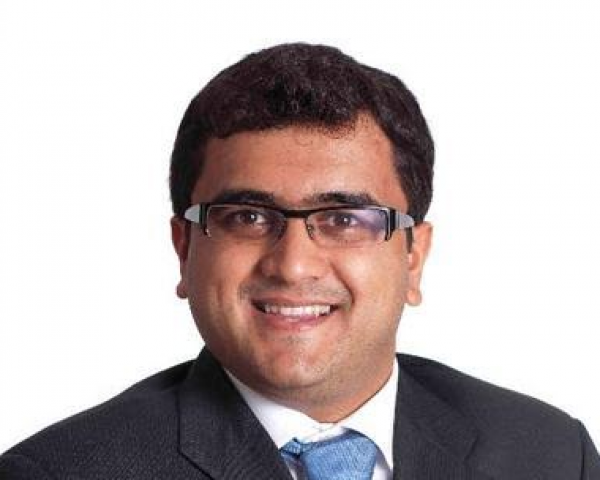Insurers have not been noted for offering innovative services or for the quality of the product and service they do offer. Contrary to this general perception, insurers have, indeed, consistently innovated new service offerings, especially in the personal insurance space. This would include everything from on-line quoting to competitive rate comparisons, from 24-hour call centers to on-line bots, from electronic safety alerts and tips to electronic policies and from roving adjusters in technically equipped cars to digital appraisals.
Most of these service innovations have been a win-win for insurer as well as customer because they increase efficiency and timeliness for both. In terms of the quality of insurers’ service and product, a lack of: 1) clear wording and contract certainty, 2) transparency, 3) timeliness, 4) accuracy and 5) flexibility continue to trouble insurance buyers in both personal and commercial insurance spaces. However, technology, regulation and customer demand have all conspired to move the needle toward improved service delivery throughout the industry.
As the new millennium progresses, insurers will need to innovate in the service space in a more customer centric way. In other words, they will need to truly understand what the customer wants or values and will need to offer some of these things even when the benefit is more heavily weighted in favor of the customer. Of-course, insurers will achieve the vital benefit of growing or maintaining market share by doing so.
It is not a simple task to understand what the customer truly wants. That is because the means of collecting this information is not without pitfalls. Focus groups generally amount to too small a sampling to be meaningful. Futhermore, overall input is often skewed by what moderators or overly assertive participants say or do. Questionnaires typically have too few respondents to be statistically significant and tend lack original customer input, but rather, a ranking of what has been supplied in the question. Customer councils and advisory boards can provide some insights but members can be reticent to express all their true complaints or wishes due to the fear that they will become personae non gratae or any number of other reasons.
See also: How to Exceed Customer Expectations
Among additional types of devices for identifying what customers are experiencing or looking for are: 1) customer satisfaction surveys done right after a service has been provided, 2) innovation lab experiments with actual customers, 3) extrapolations from best-in-class competitors or similar types of providers.
As stated in a
McKinsey article, “The main reason so many companies fail to improve customer journeys is that understanding what customers value is not an easy task. Identifying what drives customer satisfaction and translating it into operational performance improvements requires deep customer insights, solid analytics and modeling the most important customer journeys, with cross-functional ownership and multichannel, end-to-end management.”
The same
article provides some bottom-line numbers showing exactly how important customer service acumen is to insurers, “For example, in the past five years, U.S. auto insurance carriers that have provided customers with consistently best-in-class experiences have generated two to four times more growth in new business and about 30% higher profitability than firms with an inconsistent customer focus, in part because satisfied customers are 80% more likely to renew their policies than unsatisfied customers….”
The McKinsey data is similar to that compiled by J D Power in its
review of property claims satisfaction in 2015-16, “The study finds that 81% of highly satisfied claimants (overall satisfaction scores of 900 or higher) say they “definitely will” renew their policy and 81% say they “definitely will” recommend their current insurer, while only 14% of displeased claimants (scores of 549 or less) say they “definitely will” renew and 7% say they “definitely will” recommend. Strikingly, 13% of displeased claimants indicate they have switched insurers due to their claims experience and 40% indicate an intention to shop within the next 12 months.”
This data strongly suggests that insurers have a great deal to gain by finding the best combination of techniques to get adequate customer feedback and input, whether the input is about current satisfaction levels or future service innovations, and acting effectively using the knowledge.
Importantly, input needs to be from the right set of customers, i.e. from the unique customer segment (s) being targeted. Some customer service enhancements may have universal appeal but others may only appeal to subsets of customers. This holds true for personal as well as commercial consumers.
When planning service innovations, it may be helpful to think of these within three broad benefit categories that the service should satisfy: 1) price to value, 2) ease of doing business, 3) psychological positivity.
- Price to value – the service is worth something
- Ease of doing business – there is no frustration going through the process
- Psychological – it feels gratifying to do business with the company
Looking at some examples should help to explain these categories further. Progressive’s, and now many other insurers’, use of telematics, which helps customers reduce premium cost or, at least monitor it, is a “price to value” service innovation. FM Global’s scientific and engineering services form a “price to value” proposition that is differentiating, their newly announced global flood risk mapping is a case in point. Metromile’s pay per mile model is more of a “price to value” related innovation whereas its announcement about handling some claims in one hour, is more of an “ease of doing business” innovation that is transformational. Slice’s on-demand commercial policy for those who do home-sharing is also an “ease of doing business” play which is also a “price to value” play (on-demand cost vs an annual premium). Lemonade’s policy to give profits to charities selected by customers is a “psychological” type of innovation. What customer wouldn’t feel good about profits emanating from his or her purchase going to a worthwhile cause. In Germany, Friend, a peer to peer insurer, is using its name and business model to make customers feel good about doing business with the organization.
See also: Next Generation of Underwriting Is Here
These are today’s examples. The future requires new ones that will answer evolving customer needs and wants. Insurers should be thinking about emerging trends and the opportunities they present. Among the questions to be asked are the following: what follows the sharing economy, how will driverless cars change the insurance landscape, what needs will climate change generate, how will unmanned aviation progress, how will robotics revolutionize manufacturing and construction, what new technologies are in development, will threats, such as terrorism, increase or decrease.
Insurance is a complex business. There are many counterparties involved and many stakeholders including: insurers, customers, agents, brokers, reinsurers, lawyers, courts, vendors, medical care givers, shareholders, investors, regulators, etc. The fact that service delivery and innovation have been on the upswing in the past decades is a testament to the insurance professionals who serve the customer in a variety of capacities. Yet, there has been and will continue to be room for improvement and creativity.
 Understanding these concepts will allow leaders to operate and speak from a position of knowledge when they frame examples of the driving forces of change within the organization.
Leadership should lead the change.
“Change starts at the top,” is a phrase so common that it is cliché.
But what does that really mean? Does it mean that the leadership accepts that change needs to happen and then delegates the work of change out to the various stakeholders? Certainly some delegation will occur, but, in our experience, the best change happens through the well-articulated, well-planned hard work of the leadership. Instead of “Change starts at the top,” perhaps we should say, “The work of change begins at the top. The oversight of change stays at the top,” and, “Leaders should be just as engaged on Day 51 and Day 201 as they were on Day 1.” In fact, it isn’t leadership if leaders aren’t engaged.
Leaders must establish the driving force for change. The foundation you are building is important enough to clearly provide explanation around why the organization is going through transformation. When asked “Why are we changing?”, it is important and easy to be clear in this regard. Possible responses include:
Understanding these concepts will allow leaders to operate and speak from a position of knowledge when they frame examples of the driving forces of change within the organization.
Leadership should lead the change.
“Change starts at the top,” is a phrase so common that it is cliché.
But what does that really mean? Does it mean that the leadership accepts that change needs to happen and then delegates the work of change out to the various stakeholders? Certainly some delegation will occur, but, in our experience, the best change happens through the well-articulated, well-planned hard work of the leadership. Instead of “Change starts at the top,” perhaps we should say, “The work of change begins at the top. The oversight of change stays at the top,” and, “Leaders should be just as engaged on Day 51 and Day 201 as they were on Day 1.” In fact, it isn’t leadership if leaders aren’t engaged.
Leaders must establish the driving force for change. The foundation you are building is important enough to clearly provide explanation around why the organization is going through transformation. When asked “Why are we changing?”, it is important and easy to be clear in this regard. Possible responses include:



















